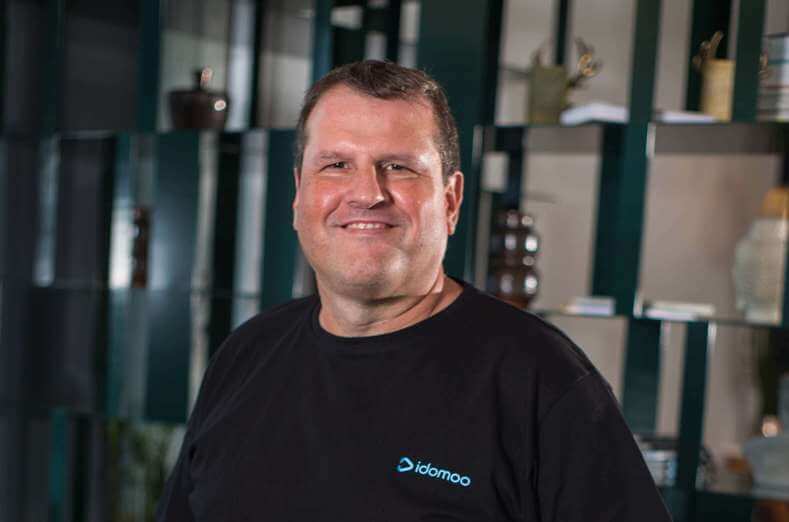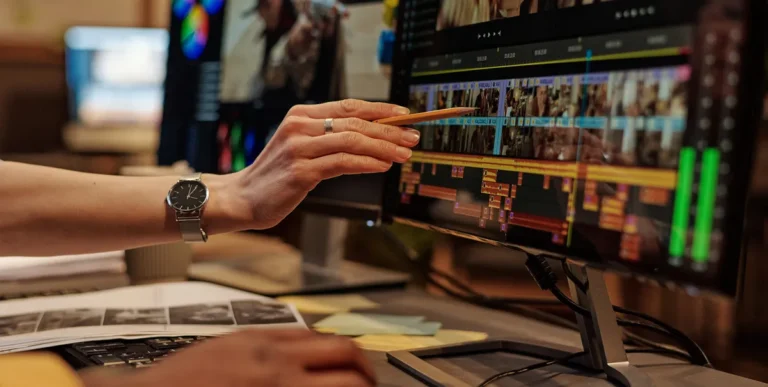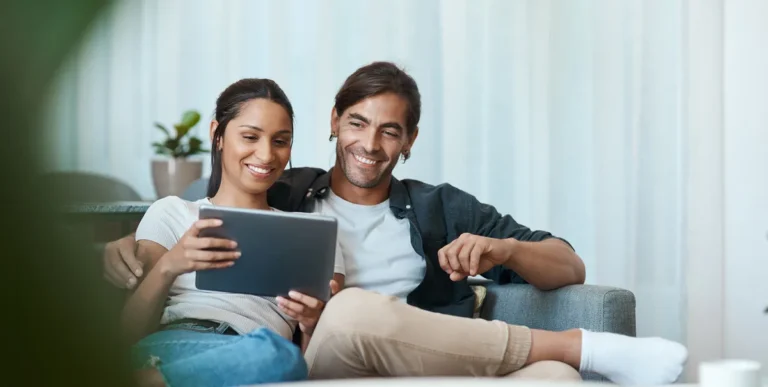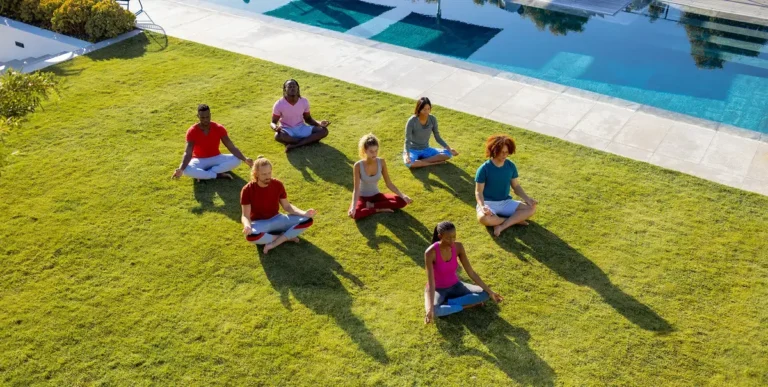200 Million Years of Visual Communication
Over the past 200 million years most of the information humans received has been visual. We’re very familiar and good at visual communication. Within 30 seconds for example, I can usually identify whether I’m in a fight-or-flight situation. How? By the people in it – their body language and facial expression can reveal a lot about what kind of a person they are.
Visual Communication Is Part of Our DNA
We’re 90% more likely to understand and respond to information that is displayed visually. After 200 million years of training, our brain has been naturally wired to read images better than text.
Did you know? We process visual information 60,000X faster than text.
From Textual to Visual
The Birth of Language
Language was only invented about 80,000 years ago and that’s significant in terms of evolution as communication was virtually nonverbal till then.
The Invention of Text
Although you can trace text back to 6000 years ago, many people were still struggling to understand and read text until the start of the Industrial Revolution, about 250 years ago. Being a new medium of communication for the majority of the population, textual information is more challenging for our brains to retain. By nature, we’re forgetful and lazy creatures of habit so if we no longer have to do something we usually just stop doing it. Reading a book or magazine is one of these things. Today’s readers are discerning, distracted and favor scanning before digging in for a good read. Killer snippets of text like powerful headlines or tweets are more attention grabbing and skimmer-friendly in the era of the virtual reader.
Did you know? The average attention span of a human is now equivalent to that of a goldfish.
From TV to PV – Personalised Video
Now if we look at human communication there’s been a consistent correlation throughout its evolution between broadcast and 1:1 communication. Each time a new channel of communication is invented we don’t really know what to do with it and how to use it effectively. It’s hard for us to adapt and invent completely original ideas.
RADIO was invented with the original intent for ship-to-shore communication.
TV was invented without people seeing the need for it. The technology existed for over 20 years but nobody did anything on a large commercial scale till 1953. It was only when the Coronation of Queen Elizabeth II was broadcast on TV that its true potential and magnitude was realized.
The first TV shows were a natural progression from radio. They were a combination of radio shows with a camera. So the first TV show was like a radio broadcast featuring the host and guests talking with the video camera on them. It took years for formats like reality shows or soap operas to come about.
INTERNET was originally invented for sharing academic research and it’s now the #1 channel of human communication.
PERSONALIZED VIDEO Thanks to the TV and the internet – we have a new revolutionary channel of video communication called PV (Personalised Video). Like TV, PV broadcasts a visual and audio message to millions of people. The difference is – PV is much more personal and powerful.
What is PV – Personalised Video?
PV leverages the power of broadcast and combines it with personalisation to deliver relevant information to the right person through an engaging video communication channel in real-time.
1:1 Communication and Unique Storytelling
When it comes to a PV, you need to adopt a different approach and think about a different way of telling a story, sharing new information or news. PV is more like 1:1 communication as it addressed the viewer individually. Beyond the visualization, the type of tone and the voice in the PV should emulate a relaxed face-to-face encounter that leaves you with a long-lasting, memorable impression.
Best Practices
Naturally with the development of a new communication channel, there’s confusion about how to utilise it. People tend to see a PV and then think wow, what should I do with it? More often than not, the concept of an email is employed into the PV and that’s a maltreatment of this kind of data-driven technology.
Like with any new communication channel there are best practices that you need to follow. Idomoo has a wealth of experience, working with over 100 enterprises, to bridge the user experience gap, optimise a brand’s service so it’s highly customer centric, increase loyalty and emotional activity plus drive consumer-engagement.
To learn more about what Personalised Video can do for your business, click below.




